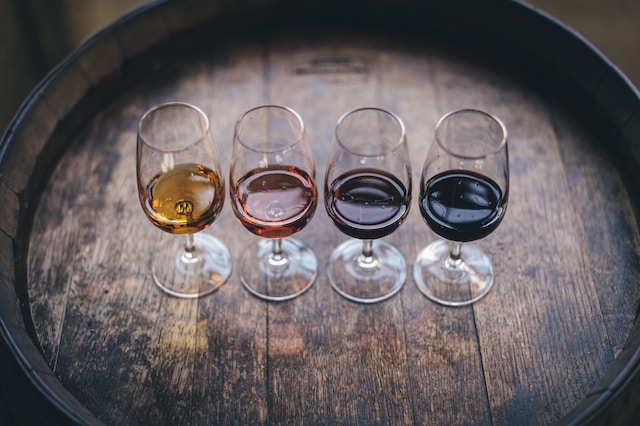W12 Wine Update: EU Produced 65% of World’s Wine, Russia Considers Imposing 200% Wine Tariff on NATO Countries, Chilean Bottled Wine Exports Surged in Jan-24

Wine Industry Plays a Crucial Role in the Socio-Economic Sustainability of EU Rural Areas
According to a study by PricewaterhouseCoopers International (PwC) commissioned by the European Committee of Wine Companies (CEEV), the European Union (EU) is responsible for 62% of the global wine production in 2022. The wine sector plays a crucial role in the socio-economic sustainability of the EU’s rural areas. Wine-growing regions tend to experience less demographic decline, with most jobs located in rural areas. The wine sector directly provided 2.9 million jobs in 2022 through viticulture, winemaking, and marketing.
Additionally, vineyards are 15% more profitable than other permanent crops and became the second most exported agri-food product in the EU, with exports worth USD 16.59 billion (EUR 17.9 billion) in 2022. The total fiscal impact generated by the wine sector amounted to USD 48.2 billion (EUR 52 billion) in 2022, equivalent to 0.7% of EU public spending. Wine has also become a tourist attraction, generating USD 13.91 billion (EUR 15 billion) in revenue and serving as a "key economic catalyst" in many rural regions.
Russian Government Considers Imposing 200% Tariff on Wine Imports from NATO Countries and Canceling Preferential Regime for Georgian Wine Imports
The Russian government is considering imposing a 200% tariff on wine imports from North Atlantic Treaty Organization (NATO) countries and canceling the preferential regime for wine imports from Georgia to support its wine sector. However, this proposal has drawn criticism from leading Russian wine importers and industry analysts, who believe such measures will lead to a sharp increase in wine prices in Russia, including domestic wines. Wine prices in Russia rose sharply in 2023 due to tariff hikes, and most analysts expect prices to increase further if additional tariffs are imposed.
Chilean Bottled Wine Exports Witness Significant Growth in Jan-24
In Jan-24, exports of Chilean bottled wine saw a significant increase to USD 109.7 million, a rise of 9.1% compared to the same period last year. The export volume stood at 3.9 million boxes, representing a growth of 13.4% year-on-year (YoY). However, the average export price declined 3.8% YoY to USD 28.2 per box. Japan registered the highest export volume and value increase, with a growth of 41% and 36%, respectively. Other countries such as Brazil, China, the United States (US), the United Kingdom (UK), Canada, and Ireland also experienced an increase. In 2023, Brazil emerged as the largest market for Chilean wine by importing 7.1 million boxes worth USD 174.4 million. China is ranked second, contributing 10.2% and 12.7% of Chilean wine export volume and total value, respectively.


